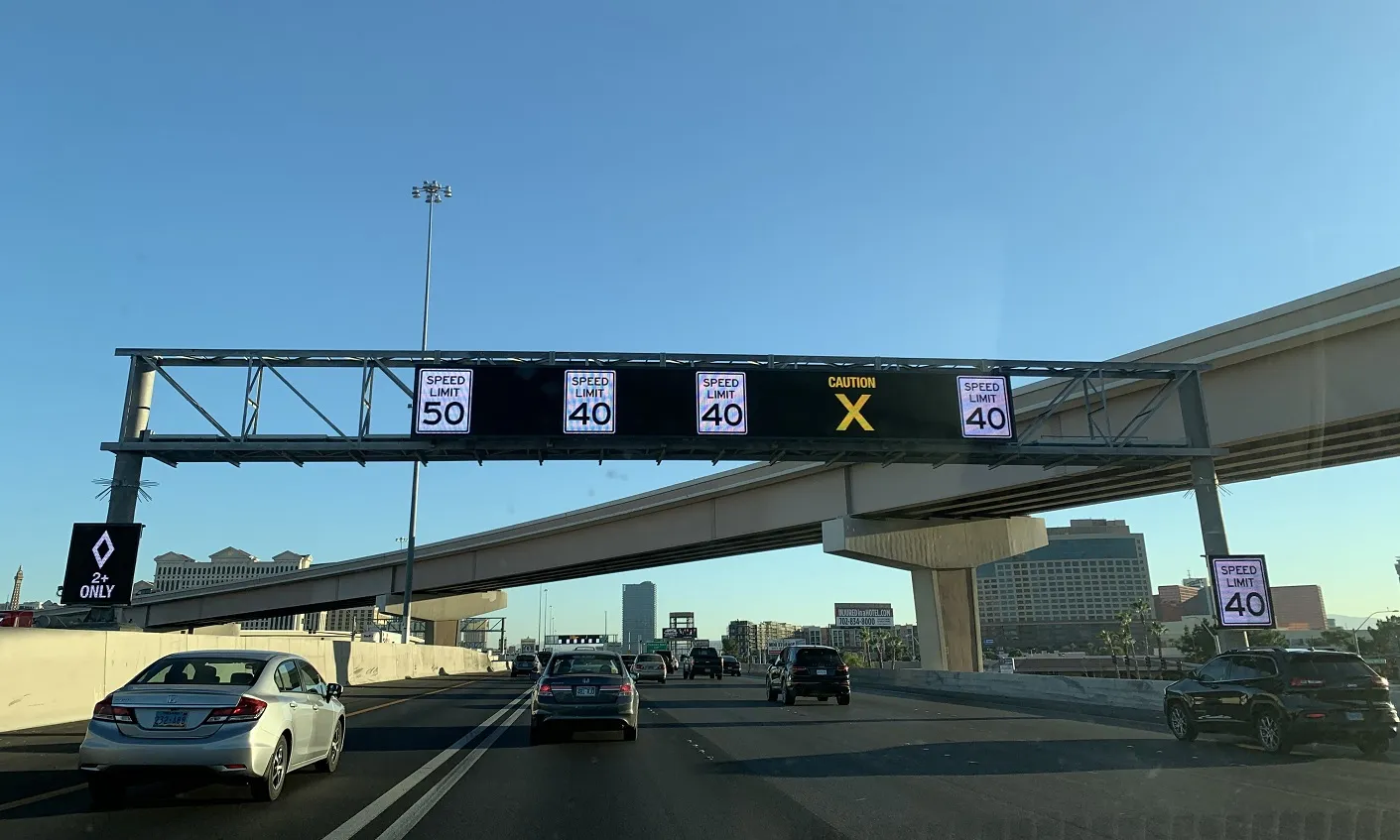Sri Lanka has recently opened the new highway traffic management system (HTMS), implemented by Mitsubishi Heavy Industries, (MHI) on the country’s Southern Expressway. The installation is the country's first full-scale system of its kind, and it is expected to contribute significantly to improved safety and reduced congestion on a local expressway.
The expressway, which opened in 2013, stretches 120 kilometres from Colombo, the largest city in Sri Lanka, to Matara. Construction work was performed under
August 11, 2015
Read time: 2 mins
Sri Lanka has recently opened the new highway traffic management system (HTMS), implemented by 4962 Mitsubishi Heavy Industries, (MHI) on the country’s Southern Expressway. The installation is the country's first full-scale system of its kind, and it is expected to contribute significantly to improved safety and reduced congestion on a local expressway.
The expressway, which opened in 2013, stretches 120 kilometres from Colombo, the largest city in Sri Lanka, to Matara. Construction work was performed under a grant-in-aid provided by the Japanese Government (Japan International Cooperation Agency [JICA]).
MHI handled all aspects of the project from engineering, procurement and installation to adjustment and operation training. The system includes some 30 sets of full-colour traffic information signboards, approximately 40 sets of vehicle detection cameras, weather sensors and other roadside equipment, as well as the central computer systems for data processing, operating status monitoring, etc.
The expressway will eventually be connected into neighbouring expressways already in operation. New expressway construction is currently under way in the country in preparation for an anticipated dramatic increase in vehicle traffic in the coming years.
The new HTMS is designed to provide expressway users with timely traffic information during bad weather or accidents, helping to prevent congestion and accidents caused by natural disasters and improving traffic management.
The expressway, which opened in 2013, stretches 120 kilometres from Colombo, the largest city in Sri Lanka, to Matara. Construction work was performed under a grant-in-aid provided by the Japanese Government (Japan International Cooperation Agency [JICA]).
MHI handled all aspects of the project from engineering, procurement and installation to adjustment and operation training. The system includes some 30 sets of full-colour traffic information signboards, approximately 40 sets of vehicle detection cameras, weather sensors and other roadside equipment, as well as the central computer systems for data processing, operating status monitoring, etc.
The expressway will eventually be connected into neighbouring expressways already in operation. New expressway construction is currently under way in the country in preparation for an anticipated dramatic increase in vehicle traffic in the coming years.
The new HTMS is designed to provide expressway users with timely traffic information during bad weather or accidents, helping to prevent congestion and accidents caused by natural disasters and improving traffic management.










